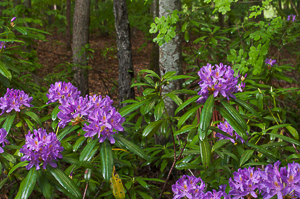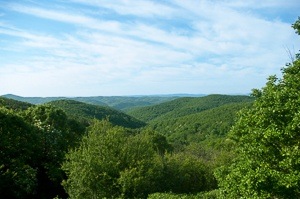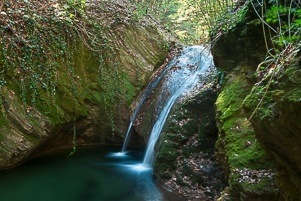
Kondolovo village – “The wild rhododendron kingdom”
Kondolovo lays into Strandzha Nature Park, and it is a small village, mostly known for its significant habitat of a rare plant from prehistoric times – the wild Rhododendron ponticum. In its surroundings, there is a centuries-old deciduous forest, which is a real treasure because of other exotic and rare plants into it. Apart from its natural features, Kondolovo is also interesting for tourists because of the preserved old Strandzha houses from the middle of the 19th century. The village is almost deserted, the population is only 16 people. It is 24 km west of Tsarevo and 33 km east of Malko Tarnovo, and it lays on the main road connecting both cities, which are also municipal centres.
Here we will introduce you to the eco path leading to “The wild rhododendron kingdom”, which is relatively new, opened in 2015.
Read more… “Kondolovo village – “The wild rhododendron kingdom””


